Advertisement
Managing documents can be exhausting—not because of their content, but because of the time it takes to pull out what really matters. Think about invoices, receipts, contracts, or any form filled out by hand or machine. Going through each line, hunting down key information, and typing it somewhere else doesn’t just eat up hours—it drains focus and adds human error to the mix. That’s where Azure Form Recognizer comes in. It reads documents like a digital assistant with excellent eyesight, pulling out the details you care about and leaving the noise behind. Let’s explore more about this.
If you’re unfamiliar with it, here’s the core idea: Azure Form Recognizer is a cloud-based service by Microsoft that uses machine learning to extract text, tables, and structures from scanned documents, PDFs, and images. It’s not OCR in the classic sense—it’s smarter than that. It doesn’t just read text; it understands where that text fits and what it means.
So, for instance, you upload a receipt. Instead of just giving you a bunch of words, it'll tell you which part is the date, which part is the total, which part is the vendor's name, and so on. That alone makes it an excellent fit for automating back-office tasks, but there's more to it.
It supports different kinds of documents out of the box—like invoices, business cards, and identity documents. And if your documents are a bit more niche? You can train it to work with your forms.
Let's break down what makes Azure Form Recognizer stand out—not just as a tech tool but as something that cuts through your workflow issues.
You don’t have to start from scratch. Microsoft has pre-built models ready to extract information from forms that are widely used across industries. Think invoices, receipts, passports, and driver’s licenses. You feed it a file, and within seconds, it gives back structured, labeled data. That means no guesswork and no long setup.
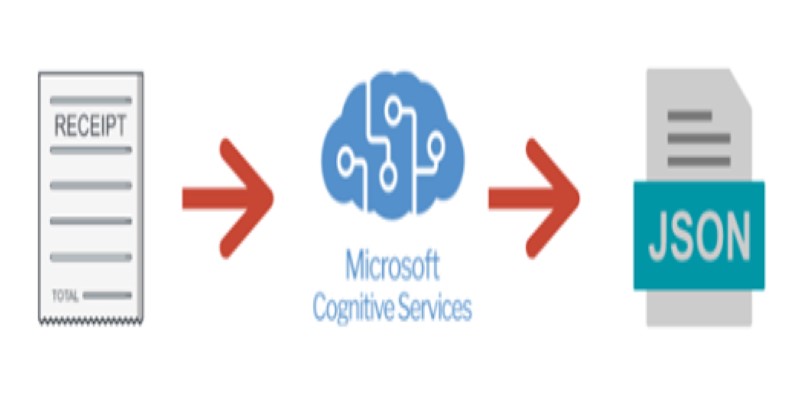
Have documents with a unique layout or field structure? You can train Form Recognizer with just five samples. It doesn’t need hundreds of examples to learn—it picks up patterns quickly. Once trained, it knows where the fields are, what kind of data they usually contain, and how to interpret the structure.
The best part? You don’t need to be a developer to use this feature. There’s a user-friendly interface, and the training process is more visual than code-heavy.
Tables often trip up standard OCR tools—they either skip them or distort the format. Form Recognizer treats them like first-class citizens. It reads tables as they are, preserving their structure, and gives you clean outputs that make sense for spreadsheets and databases.
Key-value pairs are another standout. If a form says "Name: John Smith," the tool doesn't just see "Name" and "John Smith" floating separately. It connects the two, so your output is context-aware, not just a collection of floating text.
This isn’t just about text recognition—it’s about understanding how information is laid out. The tool considers spacing, alignment, font sizes, and other visual clues to understand which sections are titles, headers, or related fields. It currently supports several languages, and the list keeps growing.
This means it can handle not only scanned paper documents but also images captured on mobile devices, which often have slight angles, shadows, or blurs. It adjusts accordingly.
Setting up Azure Form Recognizer might sound like a technical process, but it’s surprisingly smooth. Here’s how to get started, even if you’ve never touched Azure before.
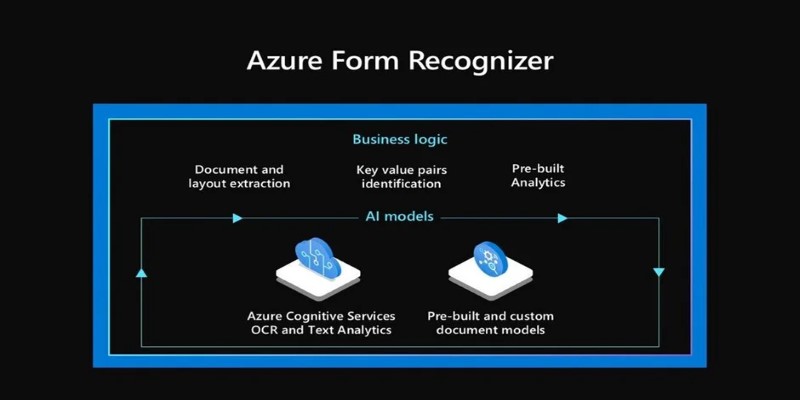
If you don't already have one, sign up for a free Azure account. This provides you with a limited quota of Form Recognizer operations, allowing you to experiment without incurring upfront costs.
Once you're in the portal, search for Form Recognizer and create a resource. You’ll need to name it, select a region, and choose a pricing tier.
You’ve got two paths here:
For beginners, the Studio is the easiest way to explore what the tool can do.
In Studio, select a prebuilt model (such as Invoices or Receipts) or use the Custom Model tab. Drag your document in. The system processes it within seconds and shows you extracted data alongside the original file. You'll see labels like "Total Amount," "Invoice Date," and so on—already highlighted.
If you need a tailored model, gather a few example documents—around five to ten is plenty. Label the fields you care about using the tool’s visual interface, and train the model. Once done, it’s saved in your Azure account and ready to be used through the API or Studio.
Once you're confident the results are accurate, it’s time to automate. You can connect it to Power Automate for no-code integration with Excel, SharePoint, or email. Or use it inside your app via the SDKs (available for Python, C#, Java, etc.).
Form Recognizer fits anywhere repetitive document work eats up time. These are a few situations where it’s especially handy:
In each of these, it’s not just about speed—it’s about precision. When forms differ slightly or contain messy handwriting, the service still manages to get the details right more often than not.
Azure Form Recognizer does exactly what its name suggests—but it does it smarter than most tools out there. Instead of just converting paper into pixels or dumping outlines of plain text, it understands the structure and delivers clean, ready-to-use data. Whether you're dealing with a stack of receipts or hundreds of scanned applications, it turns the mess into something you can actually work with.
So, if forms are a regular part of your day-to-day, this isn’t just a convenience—it’s a shift in how you handle information. Try it with just one document, and you’ll see how much time and effort it quietly saves in the background.
Advertisement
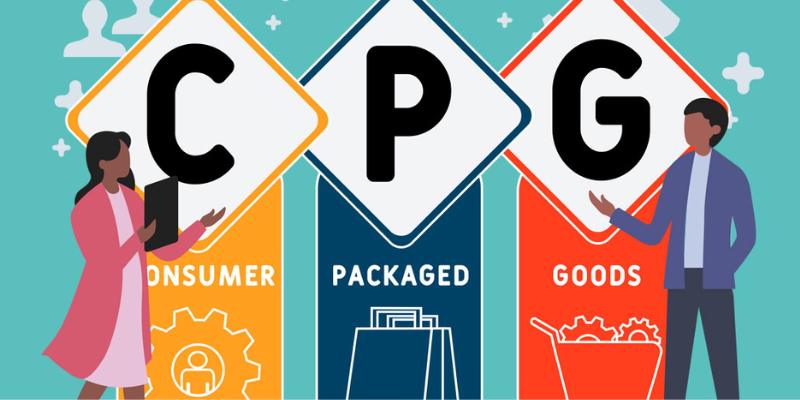
Find how AI is transforming the CPG sector with powerful applications in marketing, supply chain, and product innovation.

Celonis faces rising competition by evolving process mining with real-time insights, integration, and user-friendly automation

Compare Microsoft, Copilot Studio, and custom AI to find the best solution for your business needs.

Google Cloud’s new AI tools enhance productivity, automate processes, and empower all business users across various industries

Master GPT-4.1 prompting with this detailed guide. Learn techniques, tips, and FAQs to improve your AI prompts
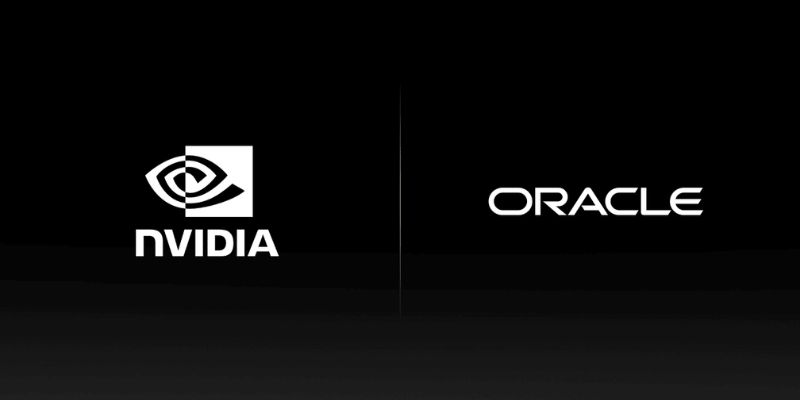
Oracle Cloud Infrastructure boosts performance by integrating Nvidia GPUs and AI-powered solutions for smarter workloads
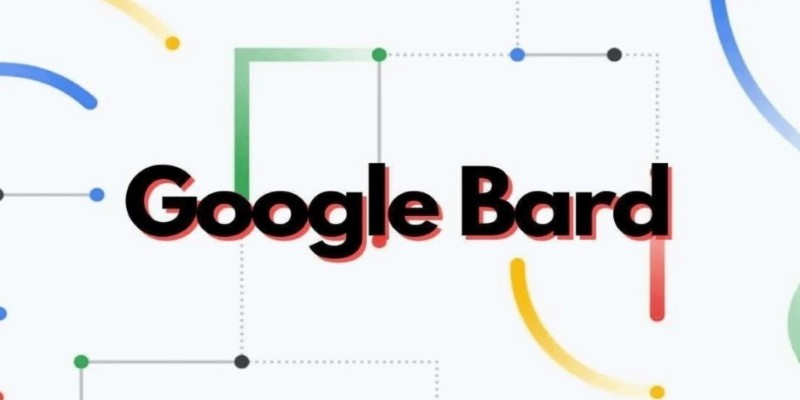
How Google Bard’s latest advancements significantly improve its logic and reasoning abilities, making it smarter and more effective in handling complex conversations and tasks

Explore key Alibaba Cloud challenges and understand why this AI cloud vendor faces hurdles in global growth and enterprise adoption.

Discover how Cerebras’ AI supercomputer outperforms rivals with wafer-scale design, low power use, and easy model deployment

Salesforce advances secure, private generative AI to boost enterprise productivity and data protection
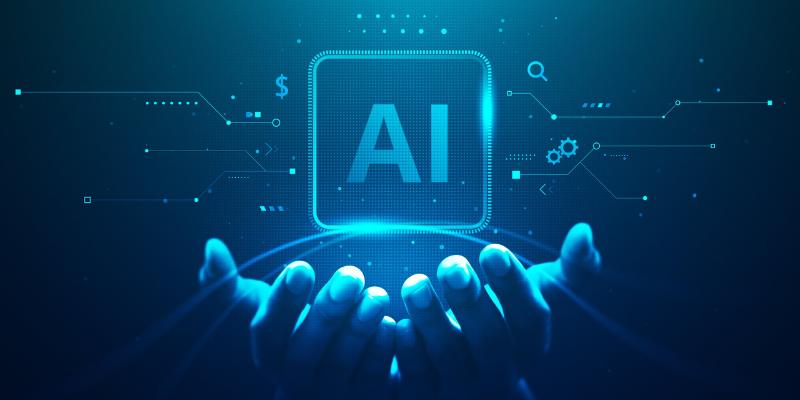
Find why authors are demanding fair pay from AI vendors who are using their work without proper consent or compensation.

Lensa AI’s viral portraits raise concerns over user privacy, data consent, digital identity, representation, and ethical AI usage